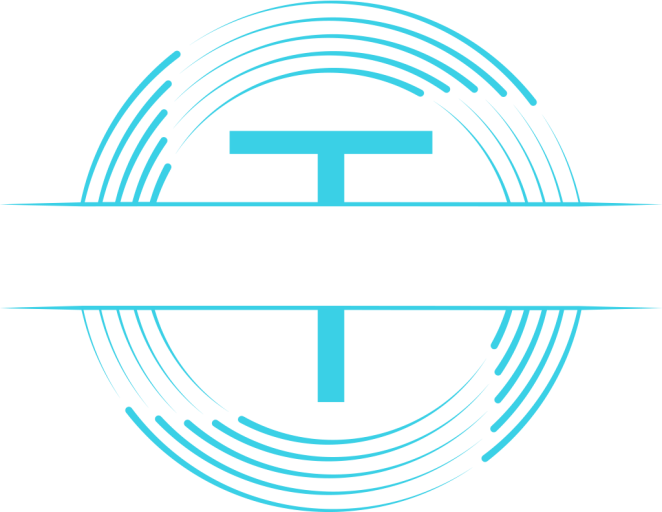
For many sellers, the auction world can feel a bit like a mystery. What happens once you hand off your equipment, vehicle, or property to an auction company? Where does it go? Who sees it? And how does it actually sell?
The truth is, selling through an auction—especially when handled by professionals—isn’t just a fast way to move assets. It’s a streamlined, strategic process that blends marketing, logistics, and competitive bidding to get your items in front of serious buyers. Whether you’re selling a fleet of trucks, a warehouse of industrial tools, or a single excavator, each item follows a carefully planned path from consignment to sale.
Starting with the Seller
Everything begins when a seller decides to consign an item. That first call or message to an auction company kicks off the process. From there, auction staff gather important details: what’s being sold, its condition, location, and any supporting documents like a title or bill of sale. These early conversations are more than paperwork—they’re where strategy starts. An experienced team will offer guidance on pricing, timing, and what buyers are currently looking for in the market. In most cases, sellers are asked to deliver their items to the auction yard. This centralized location allows for better organization, smoother inspections, and a higher level of buyer trust. It's also where your item will be professionally prepared for its auction debut.
Preparing the Item for Auction
Once it arrives at the yard, your item is checked in and evaluated. A team member documents its condition and begins prepping it for marketing. High-quality photography, detailed descriptions, and sometimes video walkthroughs are all part of creating a compelling listing. In the digital world, presentation is everything—clear, honest visuals and information make it easier for buyers to place strong, confident bids. Each asset is then assigned a unique lot number and added to the online auction catalog, where it’s officially open for public viewing. Note: With some auction companies, once your item goes up on the website, it is also immediately open for bidding. Ask your auction company what their process is in this case.
Exposure and Promotion
With your item listed, the marketing engine kicks in. A wide variety of tools—from digital ads and email campaigns to social media posts and website features—are used to get your equipment in front of as many interested buyers as possible. Auction companies understand how to target industry-specific audiences, whether that means contractors looking for skid steers or investors browsing commercial properties. The time between listing and closing day is more than just waiting—it’s critical exposure time. Many buyers bookmark listings, plan inspections, and monitor bidding activity closely in this phase.
Online Bidding Begins
Once bidding opens, usually for a period of one to two weeks, buyers have the opportunity to place bids at their own pace. For sellers, this part of the process may seem quiet at first. Many bidders wait until the last day—or even the last hour—to jump in, but early activity can still indicate strong interest. The auction format used by most professional companies includes a staggered lot closing schedule. This means items don’t all close at the same time but instead close sequentially, one after another. It allows bidders to focus their attention, increasing competition and keeping the energy high until the very end.
The Final Push: Auction Close
Auction closing day is where things really come to life. As each lot nears its scheduled closing time, last-minute bids are common. To ensure fairness, many platforms include a feature called “soft close,” which extends the bidding clock slightly if someone places a bid in the final seconds. This prevents “sniping” and creates a more transparent, competitive environment. For sellers, this last phase can be exciting—watching bids increase in real time and seeing your item reach its market value or beyond.
Payment, Settlement, and What Comes Next
Once the final bid is placed and the auction closes, the behind-the-scenes team takes over again. Winning bidders are notified and invoiced, with clear deadlines for payment and pickup. After payment is secured, sellers receive their proceeds, minus any commission or agreed-upon fees. The auction company also provides a final settlement report showing the hammer price (the winning bid), fee breakdown, and total payout. It’s a clean, straightforward close to what may have started as a garage full of unused tools or a business ready to move on from surplus inventory.
From Start to Sold
Selling through an auction is more than just listing and letting it go. It’s a coordinated effort designed to showcase your item, connect it with serious buyers, and deliver results. Every piece of equipment, every vehicle, every tool that goes through this process is part of a well-oiled system that blends technology, expertise, and marketing power. Whether you’re new to auctions or a seasoned seller, understanding the lifecycle of your item—how it’s received, prepared, marketed, and ultimately sold—can give you the confidence and clarity you need to take the next step. And when handled by a team that knows how to bring value every step of the way, the auction process becomes more than efficient—it becomes powerful.




